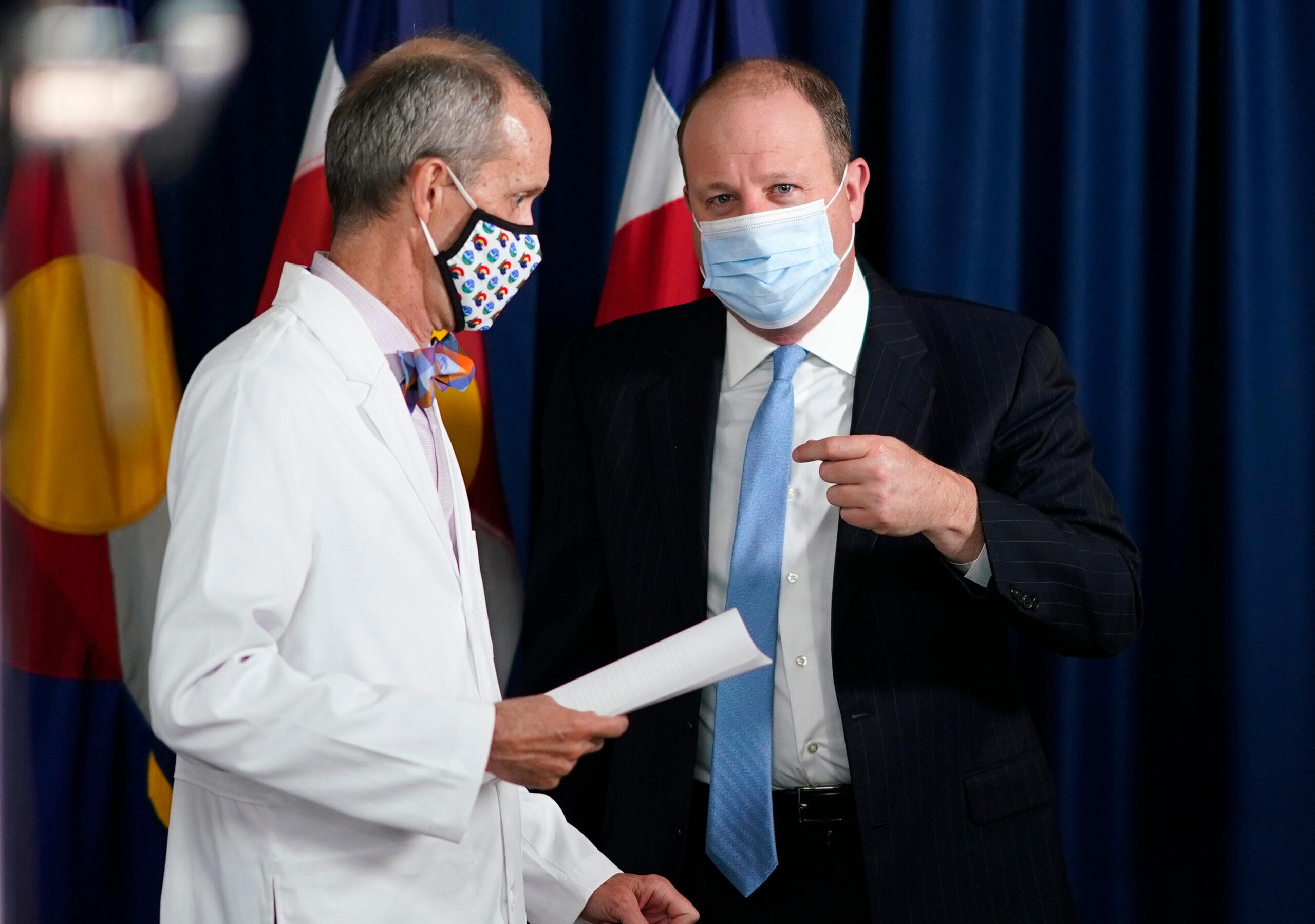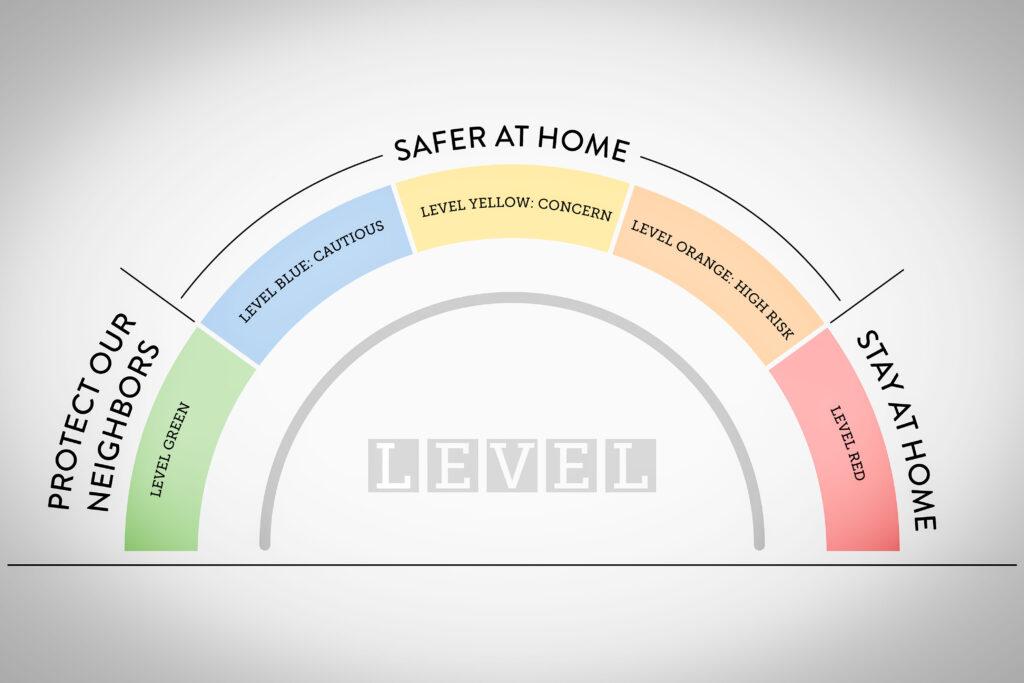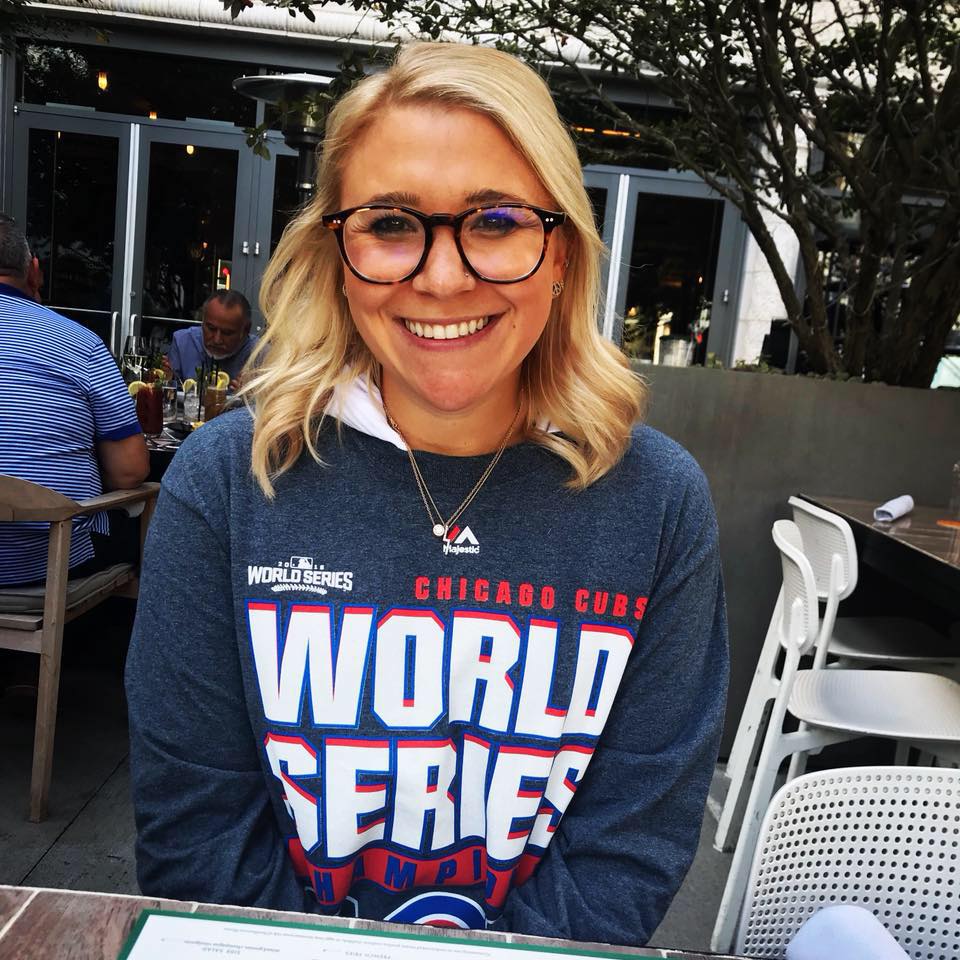
Updated Nov. 3 @ 7:58 a.m.
A new state public health order has simplified the state's level system to use a commonly understood color code system. This story has been updated to help explain the changes.
As Colorado coronavirus cases continue to rise, some counties are instituting tighter COVID-19 restrictions — and that means they're moving backward on the state's updated color-coded scale for measuring openness during the pandemic.
It's all rather confusing. Let's start with the phases.
Colorado has three phases of restrictions for counties:
- Stay at Home (most restrictive)
- Safer at Home
- Protect our Neighbors (least restrictive)
And — stay with me — within phase two, Safer at Home, there are three different levels of restrictions. The higher the level, the closer that county is to going backward, to Stay at Home.
Here's a breakdown.
Stay at Home: Red
On Mar. 26, 2020 (remember March...?), Gov. Polis issued a statewide Stay-at-Home order, requiring Colorado's 5.7 million residents to avoid going out unless absolutely necessary, and to, well, stay home.
Many schools went remote, places of worship held virtual services, restaurants were open for take-out or delivery only, people were urged to shop for groceries only once a week, and things like elective surgeries haircuts and massages were suspended.
Colorado was under this restriction for thirty days — until April 26. After that, the state moved into different versions of Safer at Home.

Safer at Home: Orange (High Risk)
This is what the state calls "High Risk." In other words, it's just one step down from a Stay at Home order.
Under Orange, personal gatherings are limited to 10 people (though many counties, like Denver, have instituted stricter gathering guidelines) and personal services, retail and restaurants are capped at 25 percent capacity, as are houses of worship.
Denver has decided to allow bars to remain open, but last call has been moved to 10 p.m.
Outdoor events are capped at 75 people, indoor events are capped at 50.
Gyms are allowed to operate in person, with a 25 person max (previously, the gym rule was outdoors or virtually only).
In Orange, no new variances are granted, but counties can keep the ones they currently have (for instance, The Denver Botanic Gardens can remain open).
At this level, schools are encouraged to move to remote learning, but the state is leaving that decision up to each district or campus.
Safer at Home: Yellow (Concern)
This is what the state refers to as "Concern." It's where Denver was before the recent spike.
In Yellow, some outdoor variances can be approved, capacity for places like personal services and retail can go up to 50 percent and restaurants and houses of worship can host up to 100 people.
Outdoor events and indoor events have higher capacity limits at this level as well, at 175 and 100 people, respectively.
Outdoor guided activities (like rafting, thought doubtful anyone is rafting in October) are capped at 10 people. Gyms are allowed to operate at 25 percent capacity.
In education, the same suggestions around remote learning apply.
Safer at Home: Blue (Cautious)
Things are looking pretty good! The state calls this level "Cautious." This is the closest level to the least restrictive phase, which is Protect Our Neighbors.
Under Blue, counties are eligible for indoor and outdoor variances.
This level used to allow personal gatherings of up to 25 people, but as concerns have grown about the role private events may play in spreading the virus, the state has imposed new limits. A new, statewide health order limits personal gatherings for all levels in the Safer-at-Home phase to no more than 10 people from at most two households.
In Blue, capacity at houses of worship and restaurants goes up further, to 175 people.
Indoor events are capped at 175, outdoor events are capped at 250 and outdoor guided services can increase to 25 people.
Protect Our Neighbors: Green (Least restrictive)
Under the Protect Our Neighbors, the size of personal gatherings are determined by county.
In-person learning is recommended, and businesses like restaurants, gyms retail and salons can all operate at a much larger capacity. That capacity increases by 5 percent each month the county stays in this phase, eventually capping out at 500 people.
Same with indoor and outdoor events — those are all capped at 500.
At all phases and levels, no matter what the capacity limits are, the state requires mask-wearing indoors. Counties can impose stricter rules though.
Please also continue to respect social distancing measures, and — say it with me — wash your hands, whatever level or phase you're living in.
Below is a map from the state, of which counties are at which status. The map is updated every day at 4 p.m., so it may be a little out of date, depending on when you're looking at it.









